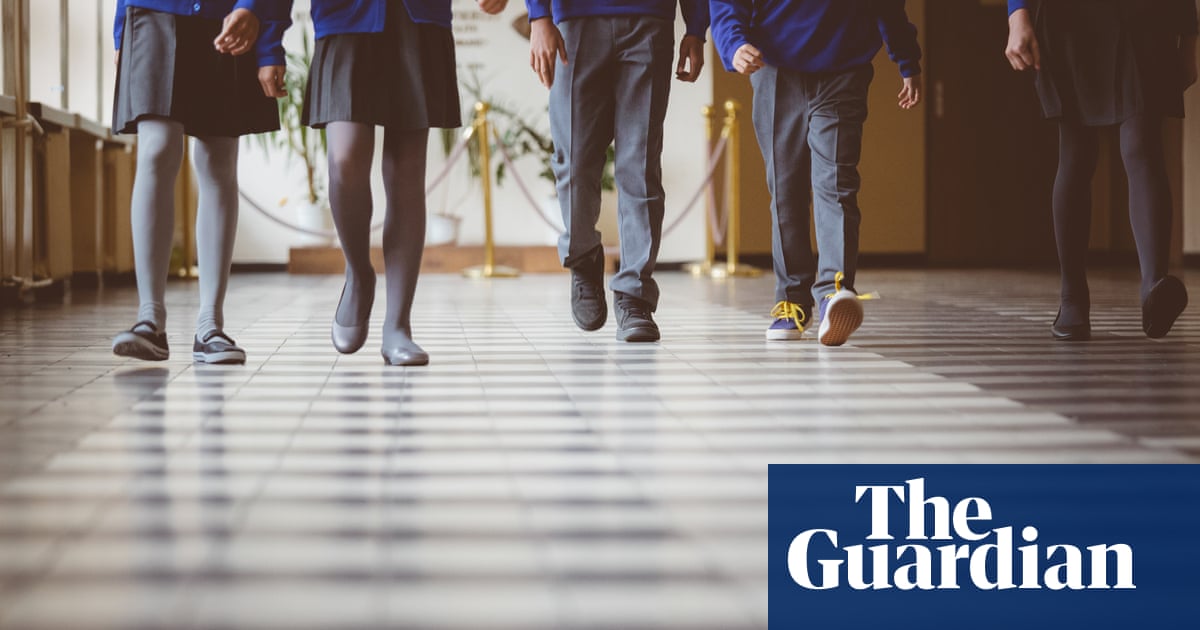
Headteachers on standby for schools in England to reopen as early as next month as part of government plans to ease the Covid-19 lockdown have said they are worried it may be too soon and remain anxious about the safety of colleagues and pupils.
Subject to the latest data on the spread of the virus, Boris Johnson is due to announce next Sunday that year 6 children, aged 10 and 11, will be the first cohort allowed back into schools as early as 1 June, followed by other primary school years, and years 10 and 12 in secondary schools.
Schools have been closed to all pupils, except the children of key workers and those classed as vulnerable, since 20 March. While current small numbers may be manageable, many in the sector are warning physical distancing will be difficult with more children in cramped classrooms and corridors, and virtually impossible in primaries.
There is also concern about pressure for schools to reopen to help parents return to work to revive the economy. “We’ve still got 28,000 dead, which is an absolute disaster,” said Chris Dyson, the headteacher of Parklands primary school in Leeds. “What we can’t afford to do is have wave two. What’s going to win this? Is it going to be money or is it going to be health?
“The simple fact is it’s impossible to socially distance primary school children. I’ve just been around all the classrooms with a tape measure to see how many children I can get in each room with a view to social distancing. My year 3 class is normally 25. I can only have five children if we are following the letter of the law and keeping 2 metres apart.”
Matthew Shanks, the executive headteacher of Education South West, a multi-academy trust with three secondary schools, six primaries and one all-through school, said teachers were ready and willing to get more children back into schools, but they still had concerns about safety, as did parents.
“A lot of parents have said they will not be sending their children back to primary, no matter what happens. It’s a small world. People look around and see, if Spain are not opening [schools] until September, why are we opening them now?”
Michael Ferry, the head of St Wilfrid’s Catholic school in Crawley, West Sussex, said: “We’ve got the highest density in terms of student population in some of the smallest buildings in Europe. You can’t do social distancing. I woke up at 1.30am racking my brain: how can I create a one-way system around the school because our stairs are too narrow?”
Even with just 10 students it was difficult, he said. “They sit at different tables for lunch, but before you know it, one of them has moved to chat to another.” With more pupils in, Ferry added: “I don’t think we could continue to have a 2-metre social distancing rule in schools, if that’s what politicians think.”
Kevin Courtney, the joint general secretary of the National Education Union, said: “We need to see evidence of a sustained downward trend in cases, a national plan for social distancing and personal protective equipment, comprehensive access to testing for staff and pupils, a whole school strategy for when cases emerge, and protection for the vulnerable. Anything else will be a dereliction of duty from government and put our members’ health at direct risk, as well as that of their loved ones.”
The Department for Education spokesperson said: “Schools will remain closed, except for children of critical workers and vulnerable children, until the scientific advice indicates it is the right time to reopen and the five tests set out by government to beat this virus have been met.”












